
Robert Bellarmine, SJ was an Italian Jesuit and a cardinal of the Catholic Church. He was canonized a saint in 1930 and named Doctor of the Church, one of only 37. He was one of the most important figures in the Counter-Reformation.

Joseph Severn was an English portrait and subject painter and a personal friend of the English poet John Keats. He exhibited portraits, Italian genre, literary and biblical subjects, and a selection of his paintings can today be found in some of the most important museums in London, including the National Portrait Gallery, the Victoria and Albert Museum and Tate Britain.

Henry James was an American-British author. He is regarded as a key transitional figure between literary realism and literary modernism, and is considered by many to be among the greatest novelists in the English language. He was the son of Henry James Sr. and the brother of philosopher and psychologist William James and diarist Alice James.

John Henry Newman was an English theologian, academic, philosopher, historian, writer, and poet, first as an Anglican priest and later as a Catholic priest and cardinal, who was an important and controversial figure in the religious history of England in the 19th century. He was known nationally by the mid-1830s, and was canonised as a saint in the Catholic Church in 2019.

James Henry Leigh Hunt, best known as Leigh Hunt, was an English critic, essayist and poet.
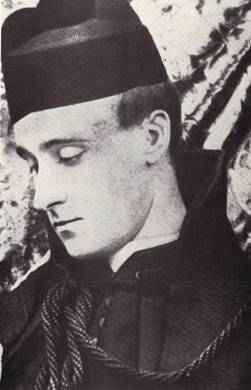
Frederick William Rolfe, better known as Baron Corvo, and also calling himself Frederick William Serafino Austin Lewis Mary Rolfe, was an English writer, artist, photographer and eccentric.
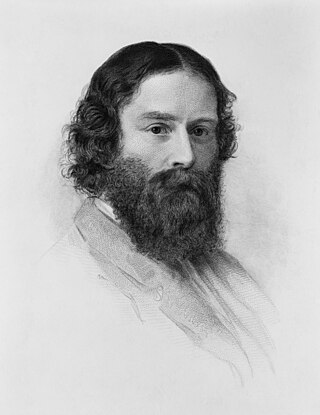
James Russell Lowell was an American Romantic poet, critic, editor, and diplomat. He is associated with the fireside poets, a group of New England writers who were among the first American poets that rivaled the popularity of British poets. These writers usually used conventional forms and meters in their poetry, making them suitable for families entertaining at their fireside.

William Wetmore Story was an American sculptor, art critic, poet, and editor.

The Non-Catholic Cemetery, also referred to as the Protestant Cemetery or the English Cemetery, is a private cemetery in the rione of Testaccio in Rome. It is near Porta San Paolo and adjacent to the Pyramid of Cestius, a small-scale Egyptian-style pyramid built between 18 and 12 BCE as a tomb and later incorporated into the section of the Aurelian Walls that borders the cemetery. It has Mediterranean cypress, pomegranate and other trees, and a grassy meadow. It is the final resting place of non-Catholics including but not exclusive to Protestants or British people. The earliest known burial is that of a Dr Arthur, a Protestant medical doctor hailing from Edinburgh, in 1716. The English poets John Keats and Percy Bysshe Shelley, as well as Russian painter Karl Briullov and Italian Marxist Antonio Gramsci are buried there.

Daisy Miller is a novella by Henry James that first appeared in The Cornhill Magazine in June–July 1878, and in book form the following year. It portrays the courtship of the beautiful American girl Daisy Miller by Winterbourne, a sophisticated compatriot of hers. His pursuit of her is hampered by her own flirtatiousness, which is frowned upon by the other expatriates when they meet in Switzerland and Italy.

George Richmond was an English painter and portraitist. In his youth he was a member of The Ancients, a group of followers of William Blake. Later in life he established a career as a portrait painter, which included painting the portraits of the British gentry, nobility and royalty.
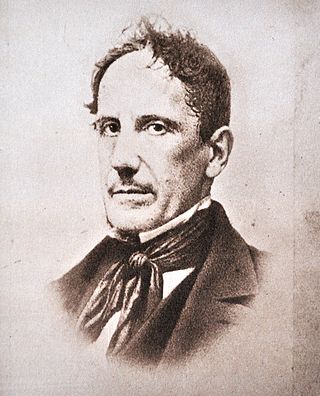
Giuseppe Francesco Antonio Maria Gioachino Raimondo Belli was an Italian poet, famous for his sonnets in Romanesco, the dialect of Rome.

William Page was an American painter and portrait artist.

Louise Chandler Moulton was an American poet, story-writer and critic. Contributing poems and stories of power and grace to the leading magazines, Harper's Magazine, The Atlantic, The Galaxy, the first Scribner's, she also published a half-dozen very successful books for children, Bedtime Stories, Firelight Stories, Stories Told at Twilight, and others that were considered popular in their day. She collected a few of her many adult tales into volumes, Miss Eyre of Boston and Some Women's Hearts. It is in Boston that she did the greater part of her work, including her books of travel, Random Rambles and Lazy Tours, published her four volumes of poetry, and edited and prefaced biographies, A Last Harvest and Garden Secrets, and the Collected Poems of Philip Bourke Marston, as well as a selection from Arthur O'Shaughnessy's verses.
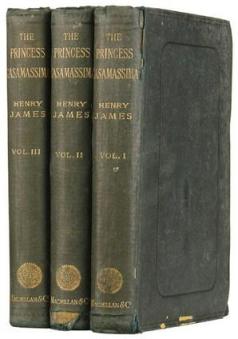
The Princess Casamassima is a novel by Henry James, first published as a serial in The Atlantic Monthly in 1885 and 1886 and then as a book in 1886. It is the story of an intelligent but confused young London bookbinder, Hyacinth Robinson, who becomes involved in radical politics and a terrorist assassination plot. The book is unusual in the Jamesian canon for dealing with such a violent political subject. But it is often paired with another novel published by James in the same year, The Bostonians, which is also concerned with political issues, though in a much less tragic manner.

Thomas Waldo Story was an American sculptor, art critic, poet and literary editor, living for most of his life in Rome, Italy.
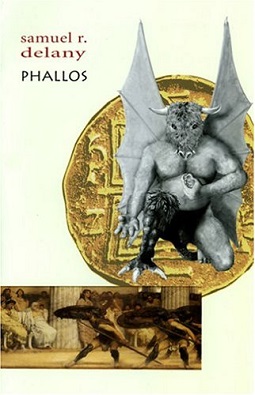
Phallos (2004) is a novella by American writer Samuel R. Delany, published by Bamberger Books. It was reissued by Wesleyan University Press in 2013.

William Petow was an English Franciscan friar and, briefly, a Cardinal.

James Edward Freeman was an American painter, diplomat, and author. He studied at the National Academy of Design in New York City and in Rome, Italy. He expatriated to Rome in 1841 when he was appointed U.S. Consul to Ancona, in the Papal States.

John Richmond (1765–1846) was one of Robert Burns's closest friends and confidants. He was born in Sorn parish at Montgarswood, Ayrshire, Scotland. His father, Henry Richmond, was a merchant in Mauchline and owned Montgarswood Farm that lies near Sorn. This farm passed to James, John's brother, having once been farmed by William Fisher, Burns's Holy Willie.




















